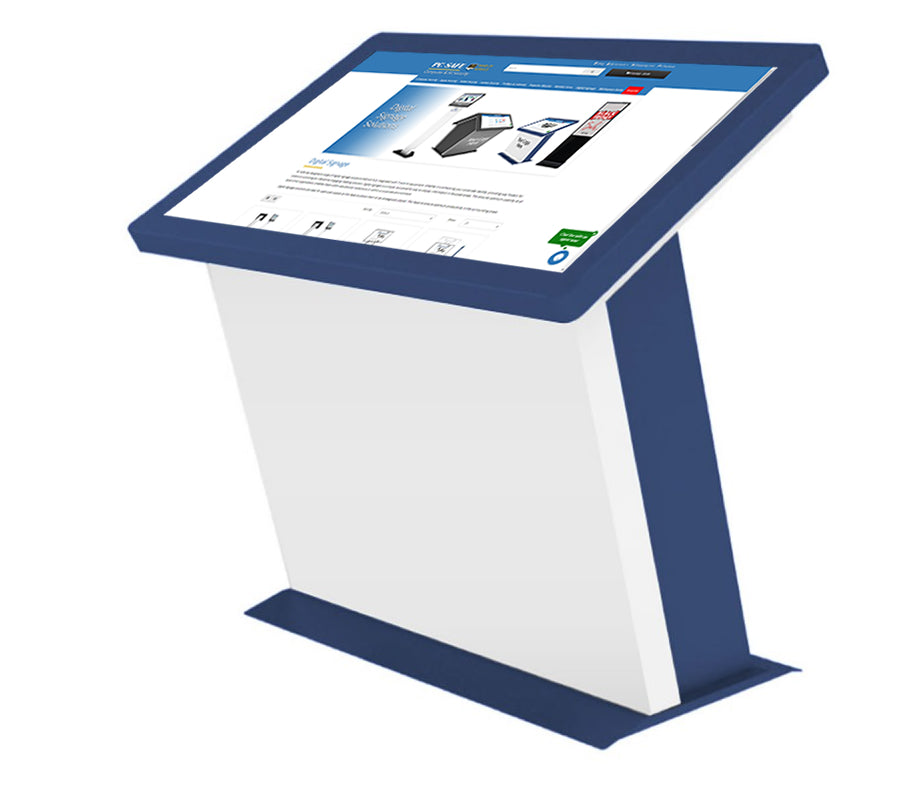A touch screen digital kiosk is essentially an electronic device that is used to display and convey various types of multimedia content. This could include videos, images, text, and interactive games. The kiosk can also be used to perform specific functions, such as facilitating sales or providing access to corporate information.

Here are some of the features and use cases of touch screen digital kiosks:
Features of Touch Screen Digital Kiosks
1. Touch Screen Interface - Digital signage kiosks feature interactive touch screens that allow users to navigate through content easily.
2. Multimedia Capabilities - Kiosks are also equipped with multimedia capabilities that enable them to display videos, images, and audio.
3. Customizable Content - Digital signage kiosks typically have customizable content that can be used to display product promotions, event schedules, and other marketing messages.
4. Remote Management - Modern touch screen digital kiosks can also be remotely managed, monitored, and updated from a centralized location.
Use Cases for Touch Screen Digital Kiosks
1. Retail - Digital signage kiosks are now widely used in retail environments to provide product information and facilitate sales.
2. Healthcare - Digital signage kiosks are increasingly being used in healthcare environments to provide patients with access to important medical information, as well as to facilitate appointment bookings and prescription refills.
3. Hospitality - In the hospitality industry, touch screen digital kiosks are used to provide guests with information about services and amenities, as well as to facilitate check-in processes.
4. Education - Digital signage kiosks are also being used in educational environments to display class schedules, campus maps, and other important information.
Architecture of Touch Screen Digital Kiosks
The architecture of touch screen digital kiosks typically involves the following components:
1. Hardware - This includes the physical components of the kiosk, such as the touch screen display, processor, and connectivity devices.
2. Operating System - A custom operating system is often used to provide a secure and reliable platform for the kiosk.
3. Platform Software - This includes the software tools and libraries that are used to develop and deploy content to the kiosk.
4. Content Management System - A content management system is used to manage and update the content that is displayed on the kiosk.
In Conclusion
Touch screen digital kiosks are rapidly becoming an essential tool for businesses across different industries. Whether used in retail, healthcare, hospitality or education, these kiosks provide a powerful and interactive platform for businesses to engage with their customers. With their customizable content, remote management capabilities, and multimedia capabilities, touch screen digital kiosks have become a key part of modern day customer experience.